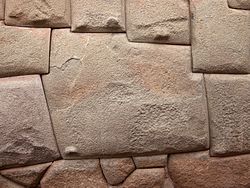Batesville Mounds | |
 Mound C at Batesville Mounds 22-Pa-500 | |
| Nearest city | Batesville, Mississippi |
|---|---|
| Coordinates | 34°20′51″N89°55′25″W / 34.34750°N 89.92361°W |
| NRHP reference No. | 88002702 |
| Significant dates | |
| Added to NRHP | December 14, 1988 [1] |
| Designated USMS | March 23, 1989 [2] |

The "Batesville Mounds" (22-Pa-500) in Panola County, Mississippi are the conical archeological remains of a culture of indigenous people who flourished in North America. The mounds appear to have served as both habitation and burial sites. They were added to the National Register of Historic Places in 1988. [3]


